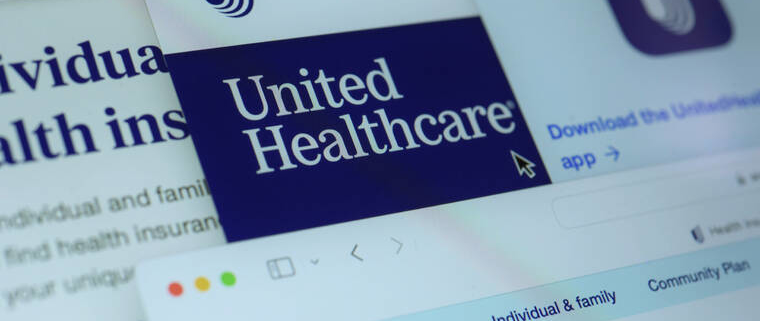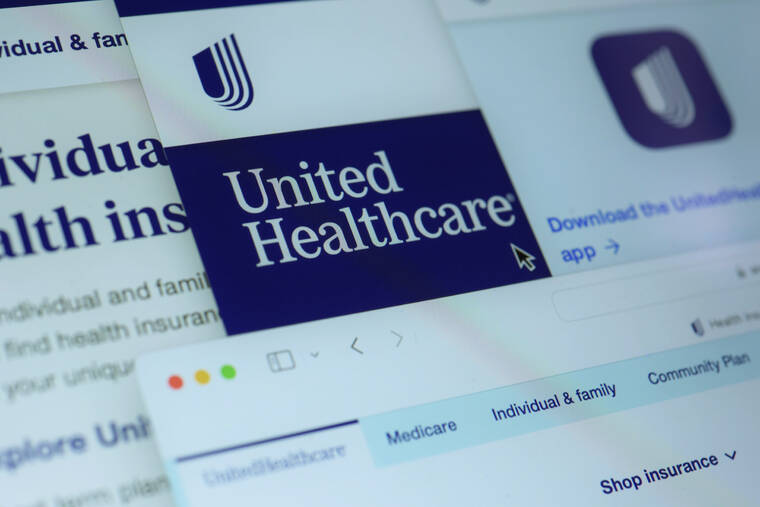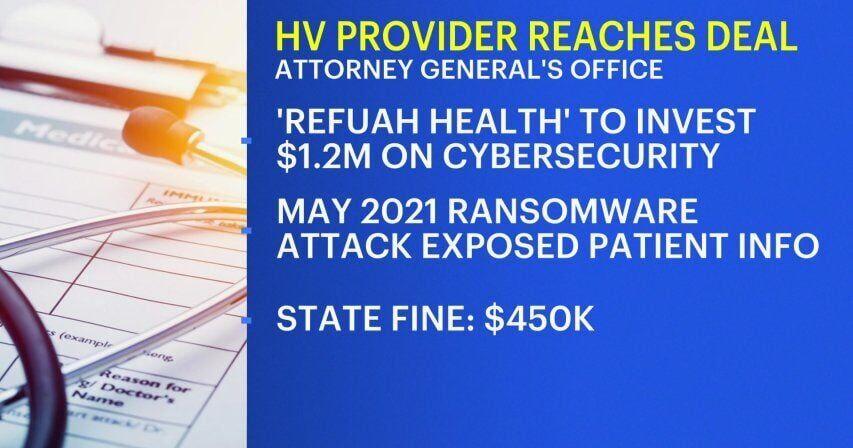Earlier this week, a second ransomware group came after Nashville-based clearing house Change Healthcare, according to Becker’s Hospital Review. Hackers known as Ransom Hub claim to possess Change data and are asking for payment, or else they would sell the information on the dark web.
Change confirmed to Becker’s that it was “aware of the reports.”
The Nashville company first reported a ransomware attack on Feb. 22, and reportedly paid the group $22 million to prevent posting of patient information. The subsequent outage of service following the attack affected thousands of Change’s clients, including local pharmacies and providers.
This week the American Medical Association also released the results of a survey that found 80 percent of respondents having lost revenue from unpaid insurance claims. In addition, 55 percent of respondents had to use personal funds to cover practice expenses, 44 percent were unable to purchase supplies and 31 percent were unable to make payroll.
Belmont opens center for health discipline collaboration
Belmont University College of Pharmacy and Health Sciences has formed a center that aims to foster collaboration between the college’s seven disciplines — mental health counseling, pharmacy, physical therapy, occupational therapy, social work, public health and exercise science.
The college announced Thursday the formation of the Center for Abundance, Resilience, Excellence and Spirituality (CARES) and appointed Christian Williams as the center’s director and Leigh Ann Bynum as assistant director for collaboration and education.
Williams has served as the director of Belmont’s public health program since 2017 and will focus on advocacy and community initiatives, according to a press release. Bynum has worked for the university as an associate professor for its Pharm D. program since 2011, and will focus on curriculum, research and practice opportunities.
“CARES represents a groundbreaking opportunity to leverage the multidisciplinary strengths of our college and the expertise across the Belmont…




